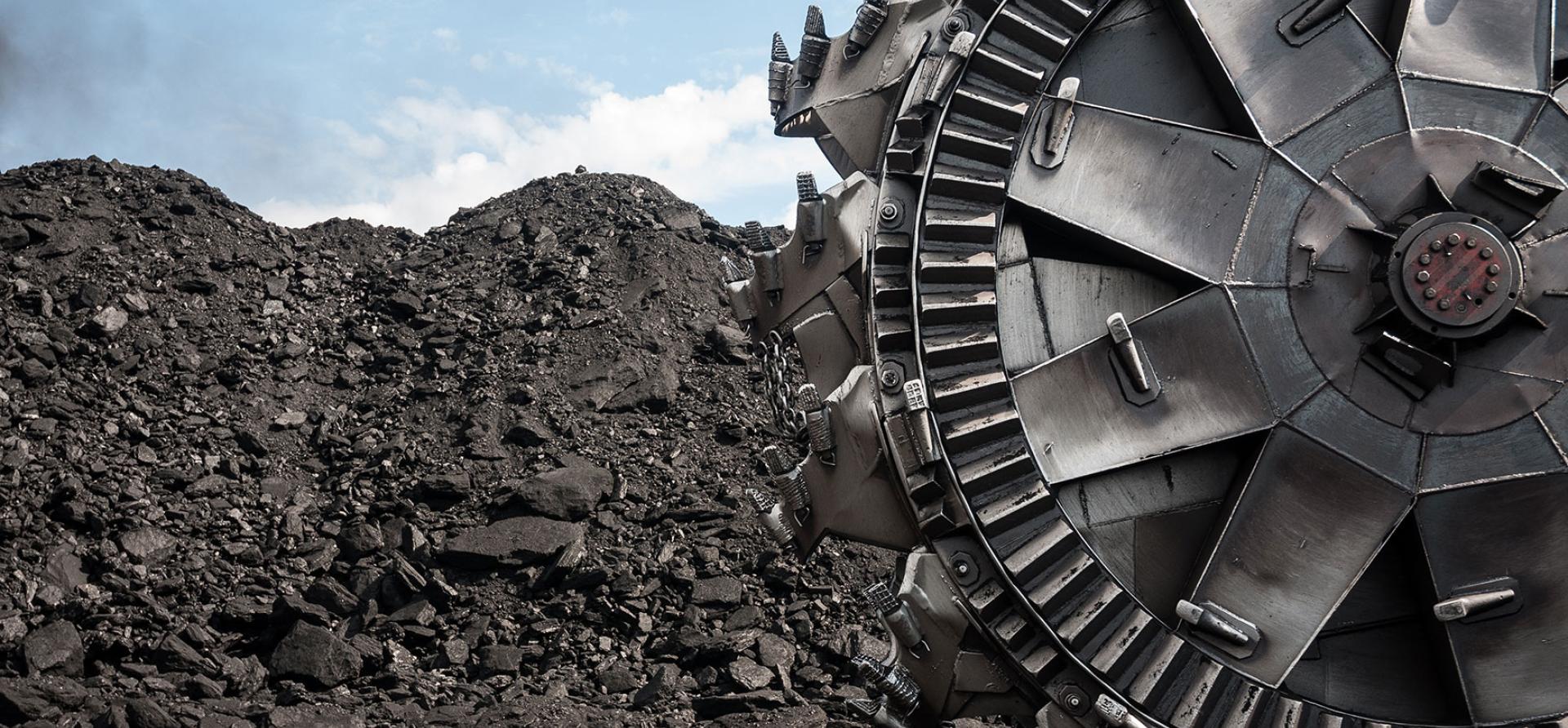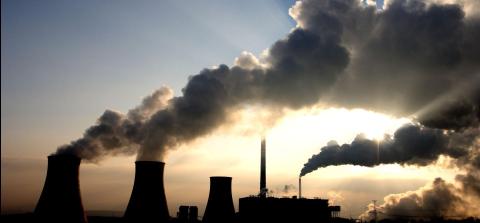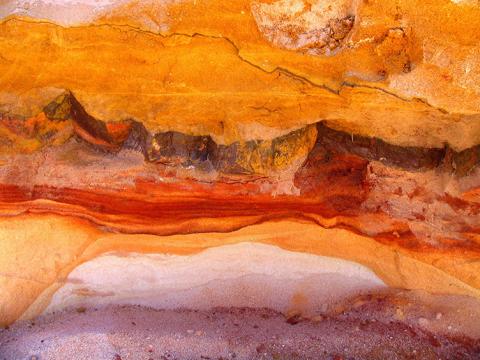Submission: Baralaba South Project – Environmental Impact Statement
Download Full Version

This analysis is for information and educational purposes only and is not intended to be read as investment advice. Please click here to read our full disclaimer.
1 May 2024
To: The EIS Coordinator (Baralaba South Project), The Chief Executive, Queensland Department of Environment, Science and Innovation
RE: Baralaba South Project – Environmental Impact Statement
Thank you for the opportunity for the Institute for Energy Economics and Financial Analysis (IEEFA) to provide input to the Environmental Impact Statement (EIS) for the proposed Baralaba South Project. IEEFA is an independent energy finance think tank that examines issues related to energy markets, trends and policies. The Institute’s mission is to accelerate the transition to a diverse, sustainable and profitable energy economy.
This submission examines the economic rationale for the proposed Baralaba South project under Mining Lease Application (MLA) 700057 and reviews the cost benefit analysis (CBA) submitted in the Baralaba South EIS. The submission finds critical failures in the stated project rationale and significant problems with the assumptions made in the CBA submitted in the EIS. These are summarised below and detailed in this document.
Kind regards,
Anne-Louise Knight, Lead Analyst – Australian Coal, IEEFA
Summary
- The EIS provides no economic rationale or use case for the pulverised coal injection (PCI) coal proposed to be mined by the project.
- The EIS provides no details on the outlook for PCI coal demand. PCI coal will be the first grade of metallurgical coal impacted by the decarbonisation of steel.
- The EIS incorrectly asserts that there is no feasible alternative for metallurgical coal in steel production when the accelerating steel technology transition shows otherwise.
- The proponent uses out-of-date data to support the claim that international trade in metallurgical coal is growing. Australian government forecasts show Australian metallurgical coal exports are forecast to decline out to the end of the decade – the proposed operational start year of 2030 means the project would begin production during a period of structural decline in demand for metallurgical coal exports.
- Globally, seaborne thermal coal demand is declining further and faster than metallurgical coal demand. Meaning there is unlikely to be any demand for the PCI coal produced by Baralaba South in thermal coal markets either.
- The critical failures in the CBA submitted in the EIS include:
- It likely underestimates operating expenditure.
- It uses unrealistic PCI coal price assumptions to estimate operating revenue. - The proponent uses out-of-date price forecasts for PCI coal. Based on the declining market outlook for PCI coal, and the proponent’s estimated operational start date of 2030, the PCI coal prices (USD per tonne of product coal) used in the CBA are unlikely to be achieved consistently, if at all, throughout the life of the project.
- The EIS ignores the decline in profitability and increasing unit costs experienced across the metallurgical coal industry in Queensland.
- On average the EBITDA margins across Queensland metallurgical coal producers fell by 40% between 2022 and 2023.
- In their December 2023 financial results, Queensland metallurgical coal mining companies reported a 48% increase in unit costs on average, between 2021 and 2023. - Adjusting the minimum unit cost assumptions stated in the EIS by the price rises experienced across the metallurgical coal industry would generate a negative net present value (NPV) of -AUD249.6 million for the project, all else being equal (Scenario 6). If historical average PCI coal prices are substituted into the model as well, the project would generate a NPV of -AUD1.98 billion with a benefit-cost ratio of 0.43 (Scenario 25).
- Given these findings, the federal and state tax revenues proposed to be generated by the project would not be achievable.
















